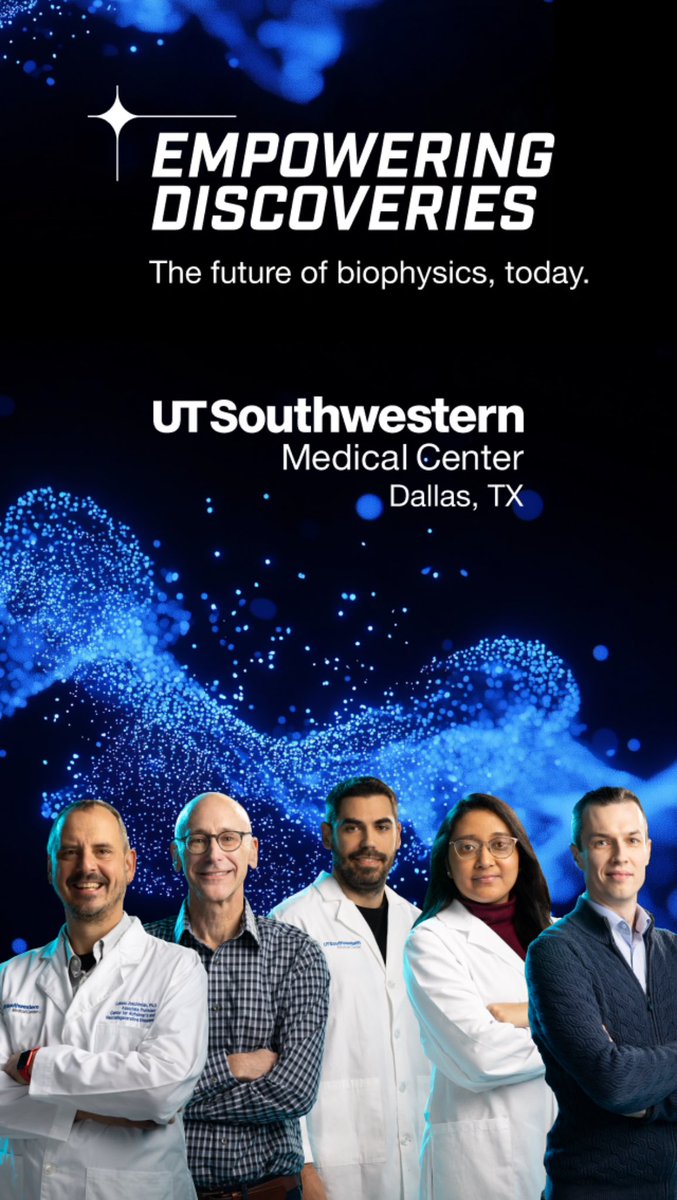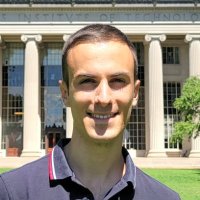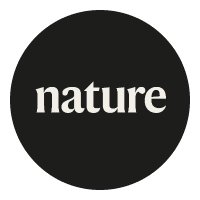
Kirill Medvedev
@kirillemedvedev
Instructor @UTSWMedCenter Computational Biology | Bionformatics | Cancer Biology
ID: 1173404590580129792
16-09-2019 01:16:32
135 Tweet
176 Takipçi
325 Takip Edilen

My grandfather built motors that powered big machines. In a lab not so different from his workshop, my colleagues and I uncovered the assembly of the bacterial motor. Today, this discovery has been published in Nature Microbiology #MolecularNodes #Discovery nature.com/articles/s4156…




Join Kirill Medvedev at poster B28 for the latest computational biophysics research from UT Southwestern Medical Center. Interested in UTSW? Visit us online bit.ly/4htNvID. Biophysical Society #bps2025.


Excited to be a part of UT Southwestern Medical Center team The Department of Biophysics at UT Southwestern Biophysical Society #bps2025






We used AI to study how post-translational modifications (PTMs) affect drug binding and protein structure. Using AF3, RFAA and Chai-1, we generated > 14,000 models with > 6,000 of ligand-related PTMs. Paper is out in Journal of Cheminformatics rdcu.be/ekFlo #drugdiscovery #AI

















